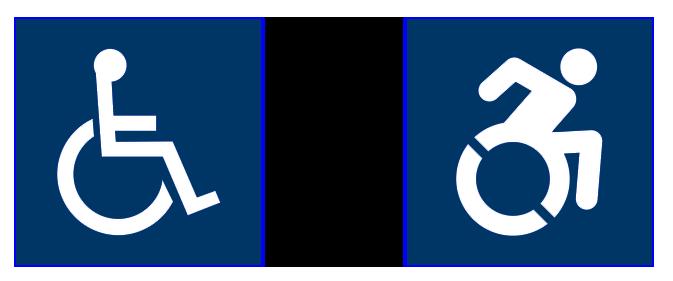
2 minute read
12
By Nicole Cummings-Morgan MA-CSE Program
I find it hard to learn when I’m in a BIG classroom. I usually look around, and hope recess comes soon!
Advertisement
I find it hard to learn to do what others do, So I try my best and Mommy says, “That’s all I want from you!”
My way of learning is not the same as all the people I know. My way of learning is just for me, and it will help me as I grow.
So yes, I feel sad when my marks aren’t very high. But with love, support, and encouragement, I can soar through the sky!
I may not take the road that others may take – no post-secondary education? No worries, I’ll still do great!
My parents will love me as long as I try—my friends and teachers too. For with their help I will get by - inspired through and through.
Some teachers, people, children I know, Think it’s OKAY to call me slow.
Let them go on and say that stuff – because I know I'm exceptional, I'm a diamond in the rough!
I have nothing to prove to those who don’t know me, I’ll do my best and learn the way that’s best for me!
Nicole Cummings-Morgan is currently studying child development and plans to do research on parent involvement in the future.
HEY, TEACH! FALL 2019
12
The Accessible Icon as a Barrier to Education

Jonathan Silver MA-CSE Program
Teachers speak of the “hidden curriculum”, the implicit lessons we teach our students. The signage around our schools can be a part of this hidden curriculum because signs often carry implicit messages.
For example, take the International Symbol of Access (ISA), which explicitly indicates where one can find barrier free access, but implicitly reinforces barriers to education and accessibility because it focuses on inability instead of ability.
Students (and staff) see the ISA so frequently that the implicit lesson may be entrenched in our brains. But there is a different accessible icon, which disrupts outmoded ways of thinking and it teaches a different lesson about disability.
It is important to acknowledge that the Dynamic Symbol of Access (DSA) is far from perfect; not everyone who requires barrier-free access uses a wheelchair, and not everyone who uses a wheelchair does so as the icon depicts. But the new icon is meant to be an improvement while still remaining easy to recognize. The Dynamic Symbol of Access (DSA), (created by the Accessible Icon Project,) is an improvement to the old icon because it places the focus on the person instead of the wheelchair, emphasizing their ability. This subtle shift can reframe the way society views and interacts with persons with different abilities.
13
HEY, TEACH! FALL 2019







